The FAA’s limits on the production rate of Boeing’s 737 MAX adds another twist to an existing problem in the industry: not enough planes.
Last October, we looked at a problem that hit the cargo industry in 2023: a shortage of old passenger aircraft available for conversion into freighters. This was because passenger travel was booming, and the passenger airlines needed them.
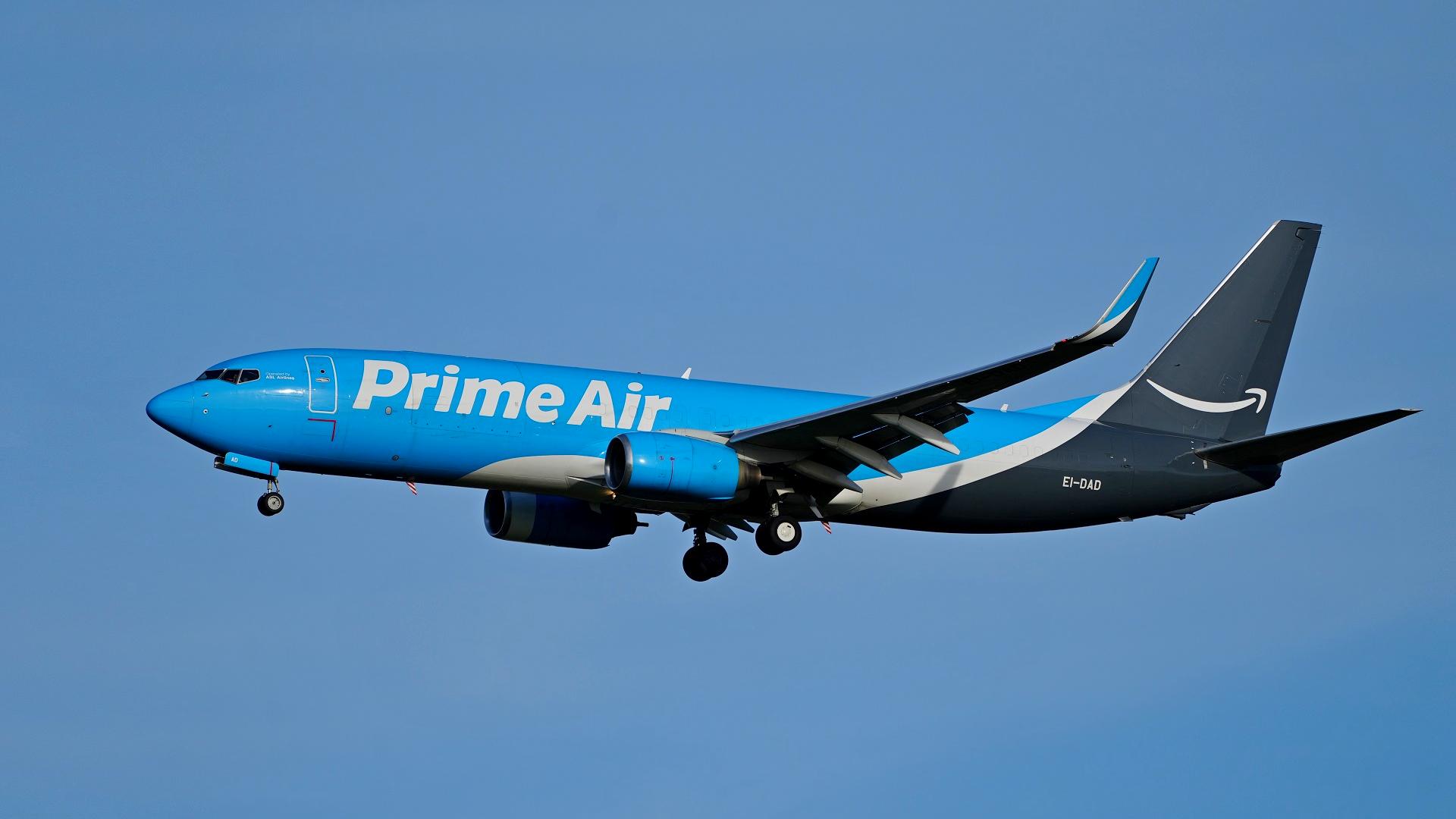
Lessors can make more money when offering these jets to passenger airlines, making their “stay of conversion” a no-brainer. But other than the rise in demand for passenger travel, something else compounded the problem: a lack of aircraft.
After the 2019 737 MAX grounding, Boeing first slowed, then stopped production of the aircraft for several months. Then came the pandemic, which made airlines retire many hundreds of aircraft prematurely. Airbus also slowed production of its A320neo and other aircraft.
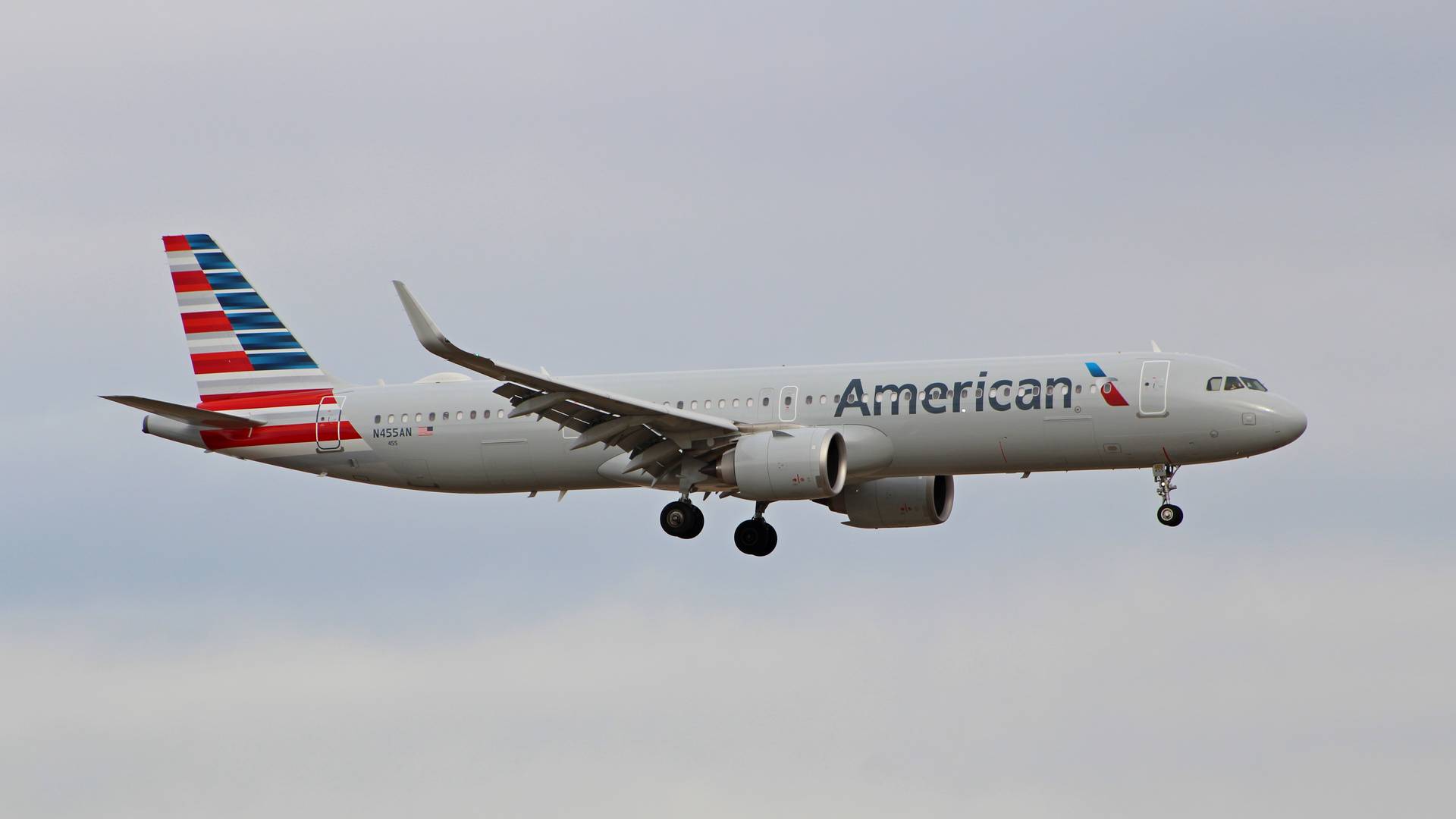
Later in 2020, Boeing discovered quality problems in its 787 production and supply chain – and like the 737 MAX, deliveries of that aircraft stopped. Persistent supply chain issues continued to keep aircraft production low for years.
Engine makers had their own supply chain issues, at a time when new engines like the Pratt & Whitney GTF and the CFM LEAP were replacing much more mature engine designs. Boeing 737 MAX production and deliveries restarted late in 2020. However, Boeing never reached pre-grounding production rates.
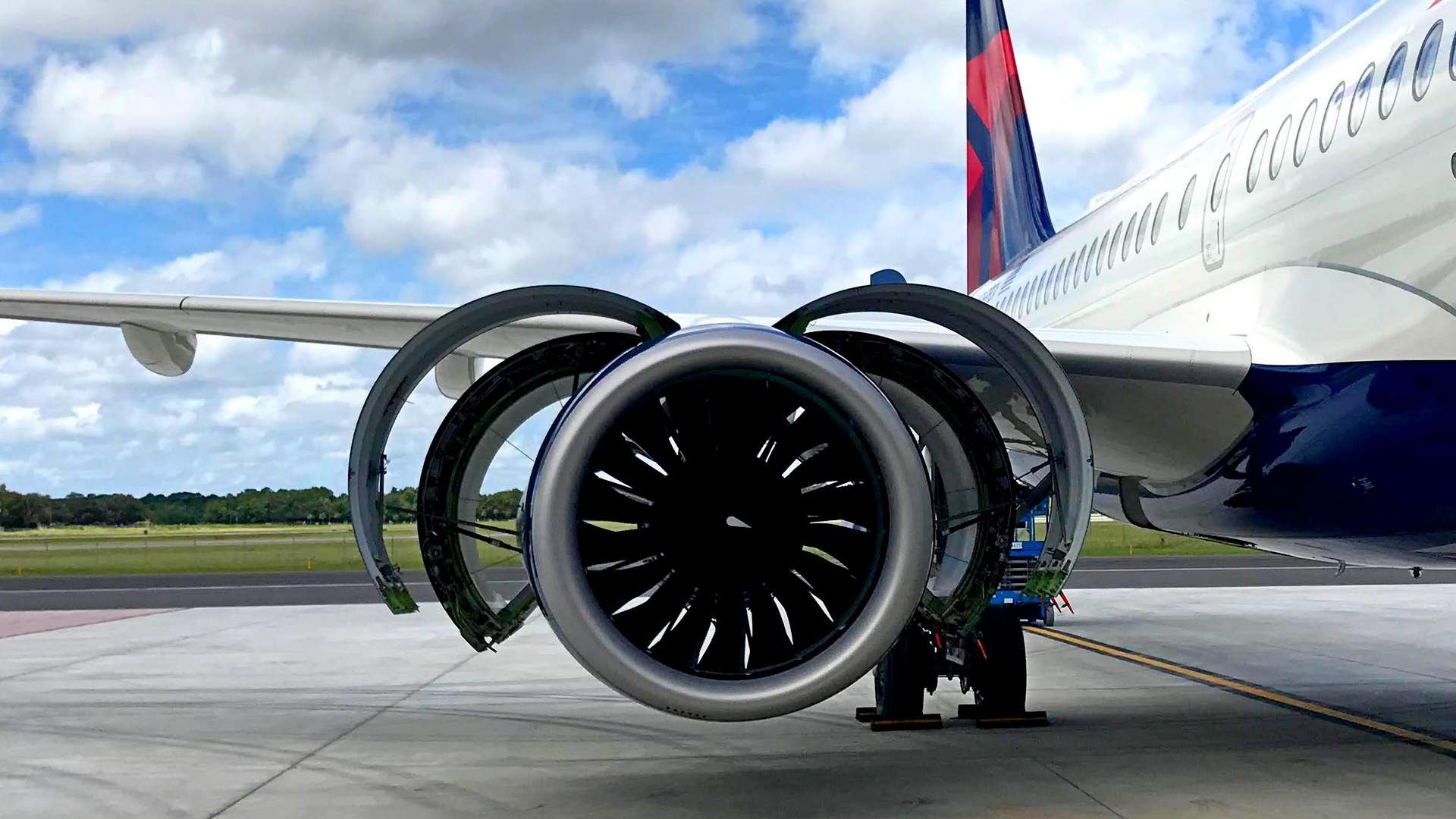
We have seen how more recent issues have slowed production of the 737 MAX, including the issues affecting Spirit Aerosystems last year. Elsewhere, over a thousand P&W GTF engines will need lengthy inspections, while CFM LEAP engines also have some (smaller) infancy issues, affecting their longevity in some climates.
737 MAX Production And Market Expectations
All this means that collectively, the aviation industry today has about 3,000 fewer aircraft than what airlines and lessors had predicted would be necessary in 2024. And that is why there is some nervousness now, after the FAA’s decision to limit Boeing’s production rate for the 737 MAX family.
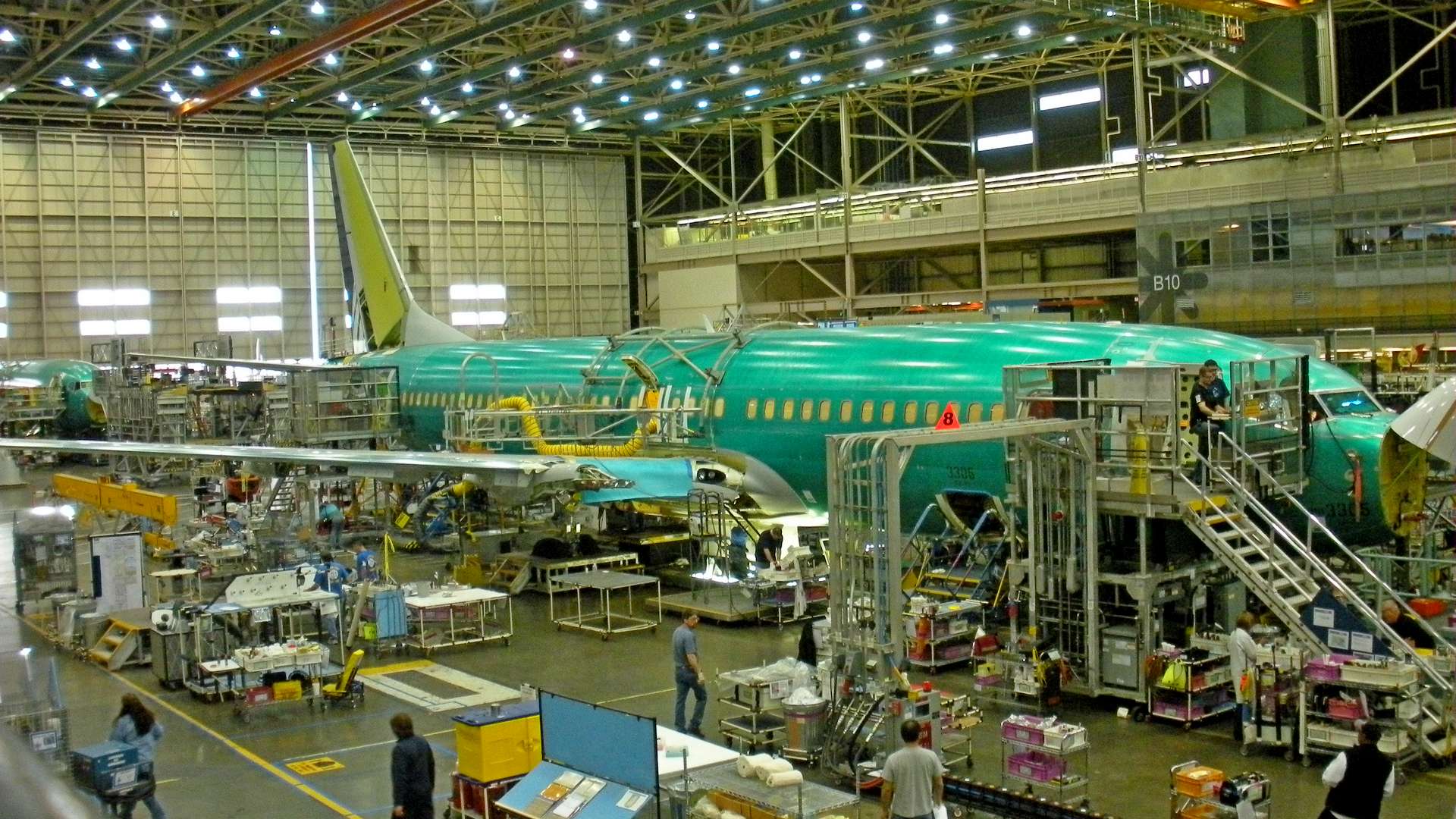
Of course, in reality, the effects of that limitation will take some time to hit the industry. The FAA’s limit is reportedly 38 737s per month. But while Boeing briefly achieved this rate in 2023, this was back in June of that year. In Q4 of 2023, the monthly production rate for the 737 MAX was down to 24 jets.
Still, Boeing wanted to increase that production rate to 50 aircraft, by 2025 or 2026. That’s still lower than the plane’s production rate before the 2019 grounding. Boeing is telling its supply chain to produce enough components for a higher monthly output (42). That’s so it can recover quickly, once the FAA allows it.
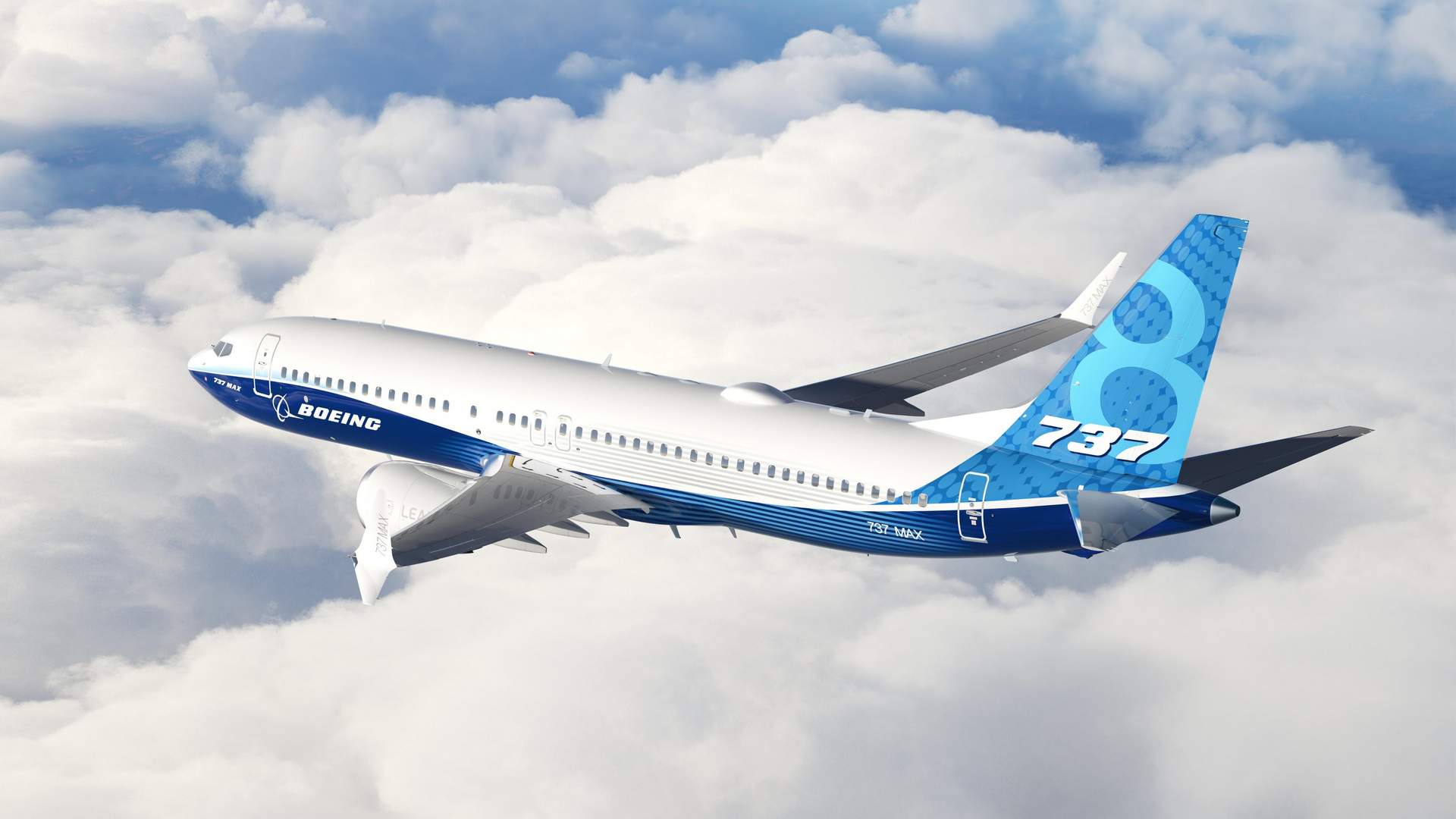
However, there is no clear outlook as to when this could happen, adding to the frustrations of the industry. All this means that demand for used aircraft is extremely high. This is bad news for the airlines, but good for lessors.
Delays in the certification of newer 737 MAX variants also don’t help. More airlines are reportedly buying their leased older jets, rather than extending leasing contracts. Analysts explain that airlines are doing this because they don’t expect these shortages to end soon.



